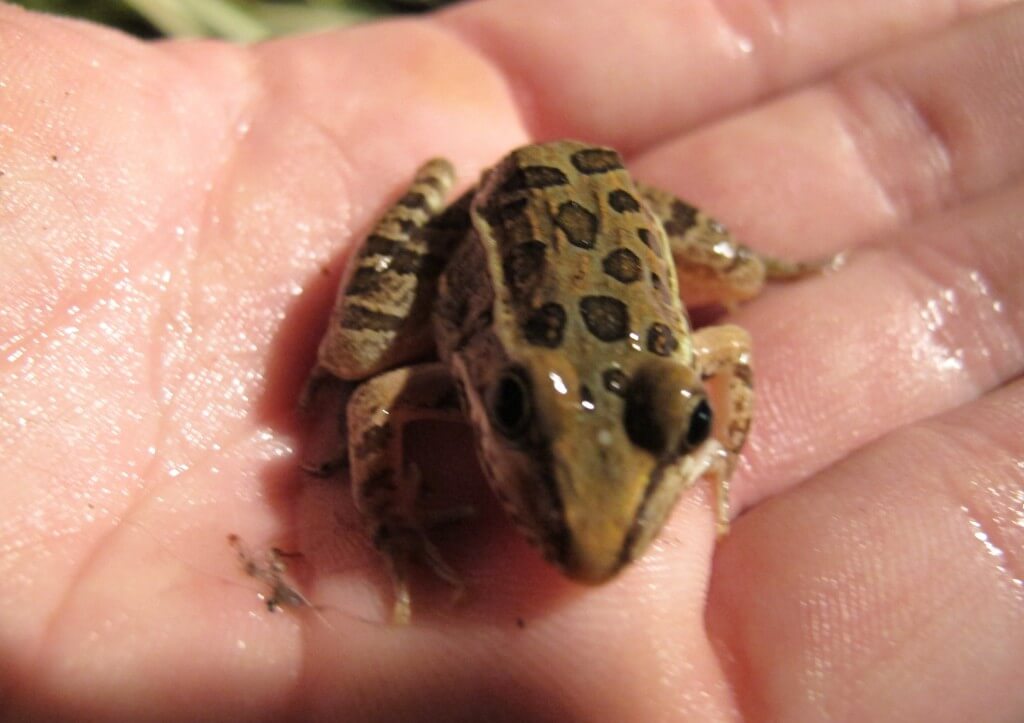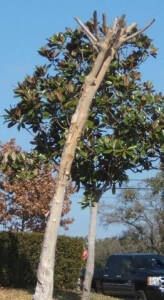by Martin Byhower, native plant retailer, birding guide, educator
MOSQUITOES!
Welcome to what I hope will become a regular series of articles sharing what I have learned about Central Texas Gardening with Wildlife in Mind. It seems that perhaps the most relevant and helpful topic to start with is dealing with mosquitoes in your Texas yard.
There are an abundance of myths, old codgers’ tales, and pseudoscientific remedies for keeping mosquitoes at bay…yet there are some real solutions!
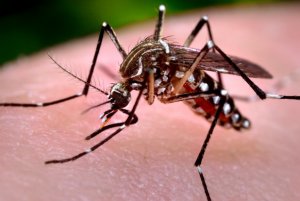
Myth: Birds and bats eat lots of mosquitoes.
Reality: Mosquitoes are so tiny they just aren’t worth the effort to meet the intense energy budget required for a bird or mammal to fly. BUT…damselflies and dragonflies are GREAT mosquito-eaters!
OK, how do I get these critters to come into my yard?
Well, they probably DO come into your yard if you don’t use toxic chemicals to control mosquitoes! (or other pests.) MOST of the various sprays, powders, and such used by homeowners (or the yard services they hire) contain either nasty and non-specific toxins or short acting repellents. These kill and/or repel the GOOD BUGS too!
You might think that having a backyard pond would bring in the skeeters, and if you have a healthy pond with recirculating water, this will act as a lure for mosquitoes, which will lay their eggs in the water. BUT…the voracious dragonfly and damselfly larvae almost certainly also using your pond will gobble up any mosquito eggs and larvae. And if you have goldfish or mosquitofish in the pond, these will make quick work of mosquitoes at all stages.
Myth: Mosquitoes come from afar to your yard.
Reality: The most problematic mosquitoes breed in your own yard, maybe one neighbor away at most. That is why I love to use targeted, non-toxic products like Mosquito Bits® or Mosquito Dunks®. These contain a protein, made by the bti bacterium, which is harmless to nearly all creatures (including fish) with the exception of mosquito (and black-fly) larvae. I can attest to the effectiveness of this product-it has knocked down the mosquito density greatly in my own yard! Put it in ponds, bird baths, rain barrels, flower pots, watering pots, roof gutters, pet water dishes, tree holes, covered utility holes for your pool or in your lawn-anywhere water accumulates (mosquitoes can even breed in mud!).
Myth: Things you can eat or apply to your body repel insects.
Reality: Mosquitoes are attracted to the Carbon Dioxide you give off, secondarily to odors created by bacteria in your skin operating on your own particular body chemistry. (People who say they don’t get bit by mosquitoes probably do, but just don’t react to the anticoagulants in their saliva.) But you don’t need to stop breathing or sweating to keep them at bay! Rigorous scientific testing shows that nothing you ingest repels mosquitoes, and the only available topical products that last more than a very short period are those containing DEET or Picardin. The latter is still rather expensive; and despite decades of testing, DEET, although it can somewhat alarmingly melt plastic, has never been shown to be harmful to humans, even infants! Citronella and such may work as long as the wind is blowing in the right direction; but what I have found is a good patio fan works even better, as mosquitoes are very weak fliers. When out hiking I find that a 15 or 20% Deet spray works very well, and the new “dry” formulas are a great improvement over earlier ones.
Myth: What about bug zappers and sonic repellents?
Reality: About 1% of what bug zappers kill is mosquitoes; they kill FAR MORE beneficial and harmless ones. They should be illegal! And sonic devices are a scam.
Bottom line: The best solutions are intelligence, vigilance, and working with, rather than against, Mother Nature!
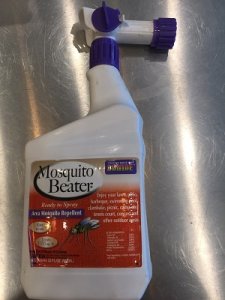 Note From Betty:
Note From Betty:
I use an all natural formula called Mosquito Beater to repel mosquitoes, gnats, and flies from my backyard. It works well for lawns, patios, gardens, barns, and other outdoor areas. It contains cedar oil, citronella, geranium oil, and lemongrass oil.
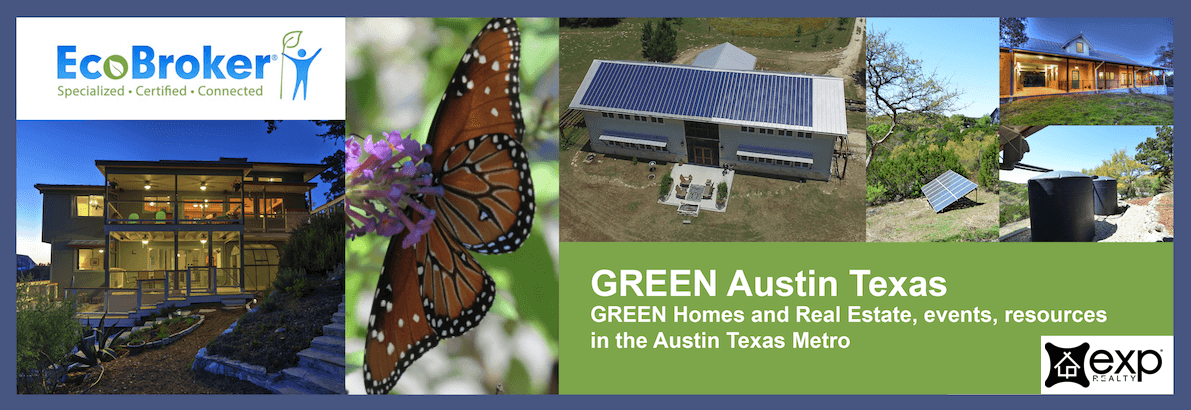
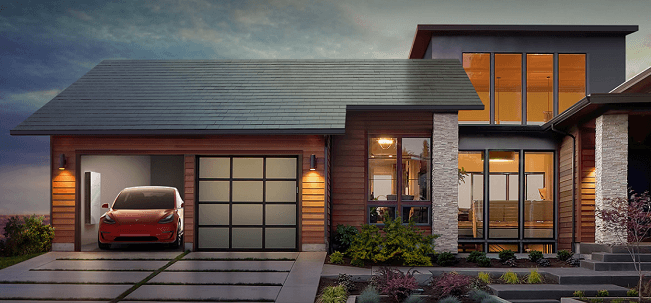
 Generally speaking, when you hire someone to install solar panels or a wind turbine, they will request a permit from your local government. This will trigger a new property appraisal. If the solar panels cost $20,000 your property appraisal may go up by the same amount.
Generally speaking, when you hire someone to install solar panels or a wind turbine, they will request a permit from your local government. This will trigger a new property appraisal. If the solar panels cost $20,000 your property appraisal may go up by the same amount.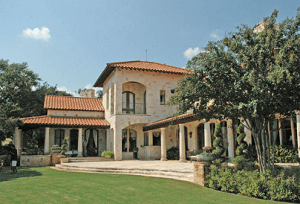 The presentation and discussion will be regarding the Garey Ranch gift to Georgetown and how it will be developed. This ranch is a 525 acre property located on Highway 2243 just east of Ronald Reagan Blvd. It was donated to the city by Jack Garey and his late wife, Cammy Garey. Mr. Garey is a retired attorney and property developer. The ranch includes 2 man-made lakes, various natural springs, and a 6,000 square foot Tuscan-style villa.
The presentation and discussion will be regarding the Garey Ranch gift to Georgetown and how it will be developed. This ranch is a 525 acre property located on Highway 2243 just east of Ronald Reagan Blvd. It was donated to the city by Jack Garey and his late wife, Cammy Garey. Mr. Garey is a retired attorney and property developer. The ranch includes 2 man-made lakes, various natural springs, and a 6,000 square foot Tuscan-style villa.